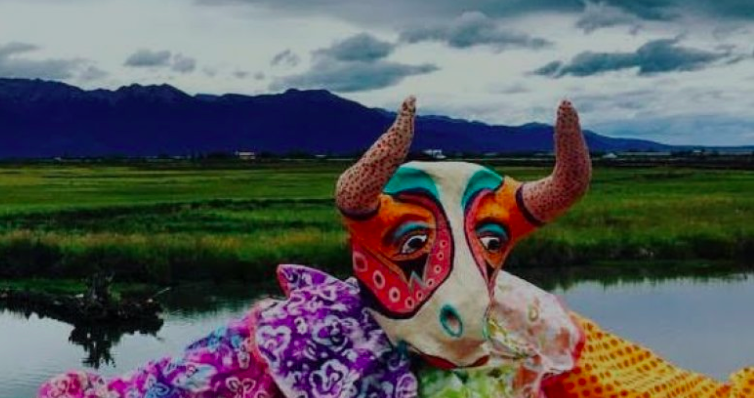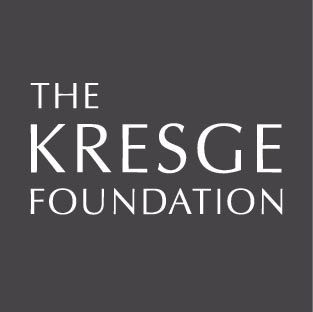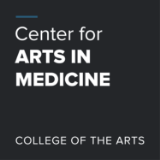Projects
1| Creating Futures by Rommy Torrico 2| We Can Go Beyond by Rommy Torrico 3| Safety Means Freedom by Rommy Torrico. Contribute to and download this and other free art at amplifier.org.
In this section you will find projects representing recent or current practice examples that situate their project within the WE-Making theory of change and also center COVID-19 pandemic recovery and/or racial justice.
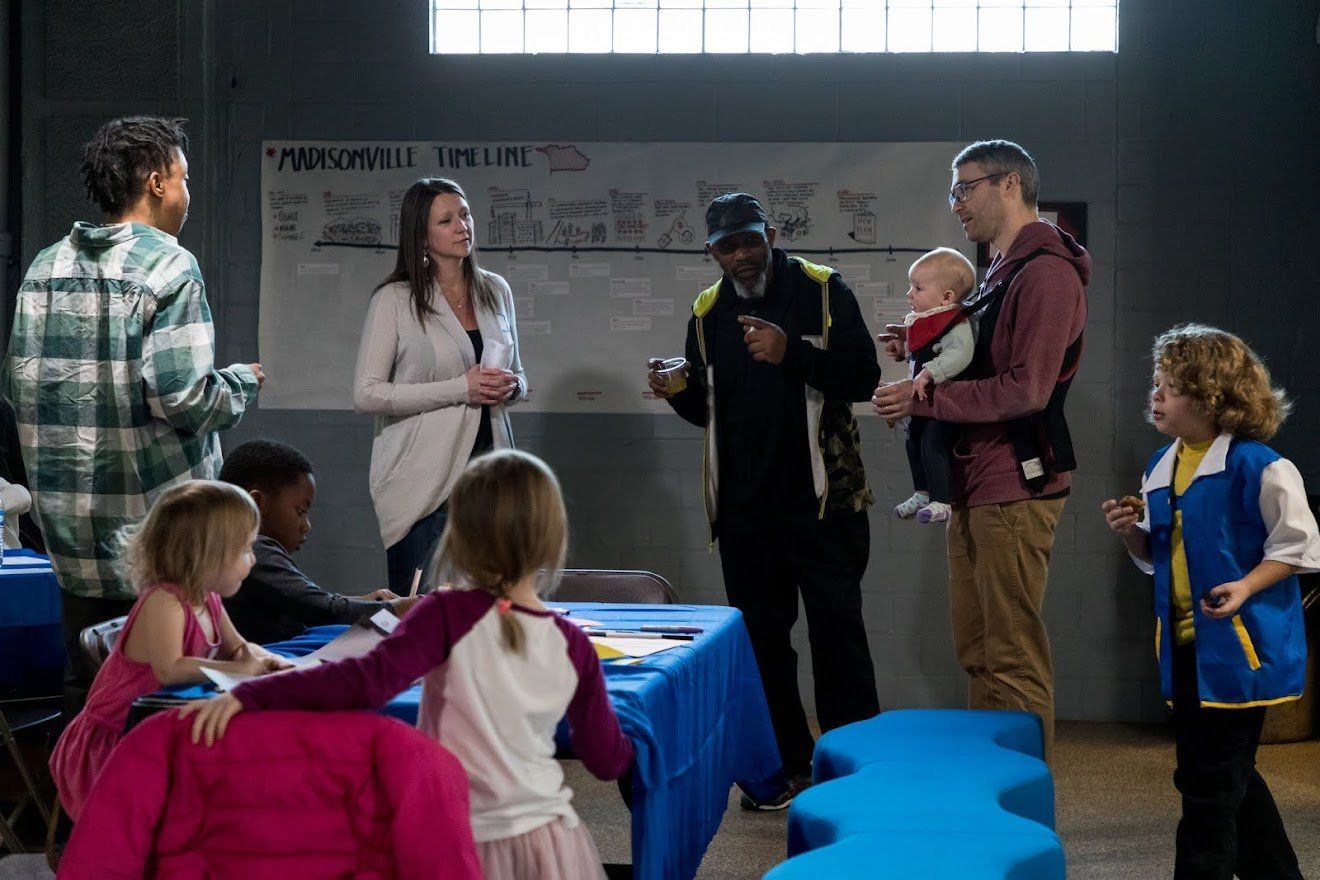
July 21, 2022
The Madisonville Community Studio is an ongoing project co-created by Madisonville residents and Design Impact to explore key questions about the inclusiveness of neighborhood changes. The project is supported by the Kresge Foundation. To improve interracial relationships in Madisonville and increase Black residents’ power, influence, and representation in the neighborhood’s development decisions.
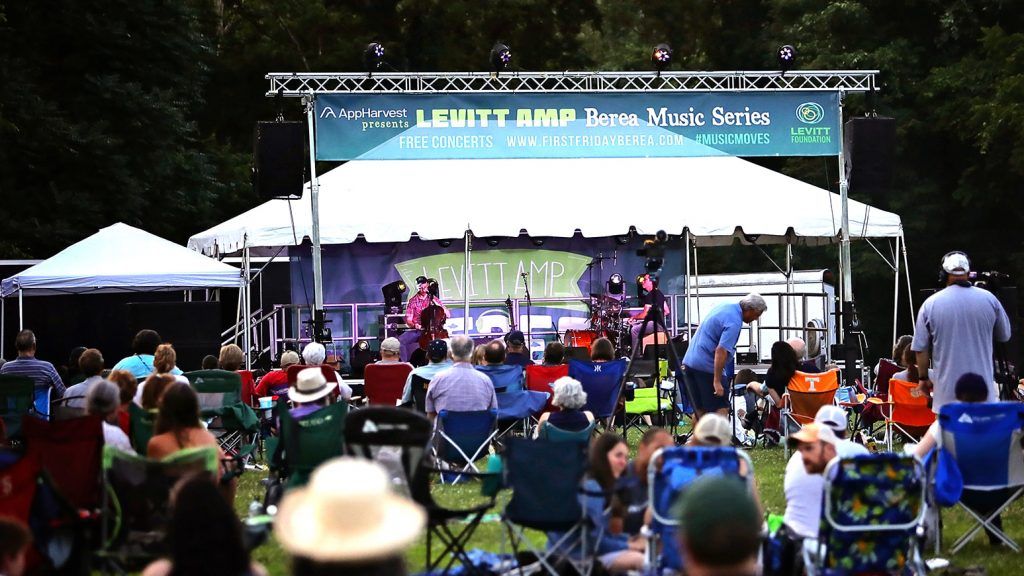
November 8, 2021
The Berea Arts Council is an organization which runs many events focused on bringing together the community of Berea, Kentucky, through the arts. For example, the Arts Council put on Levitt AMP Berea, a ten week summer concert series which aims to promote community engagement and economic development through a celebration of social justice. In addition to local live music, Levitt AMP Berea also includes performance art.
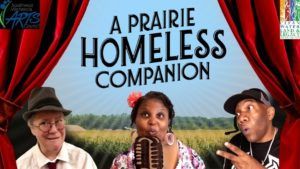
November 8, 2021
“A Prairie Homeless Companion” was a theatrical collaboration between zAmya Theater Company and Placebase Productions, using the framework of Garrison Keillor’s “A Prairie Home Companion”. It aimed to shed light on stereotypes of ruralness and make visible the often invisible challenges of rural homelessness and housing instability. Stories of community members were collected and then used to create an original show and music. “A Prairie Homeless Companion” toured 4 communities In the southwest region (Marshall, Willmar, Hutchinson, and Worthington), as well as performed at the annual Minnesota Coalition for the Homeless Conference. The performers included professional and local actors and musicals, as well as people with lived experience. Over 300 people attended a show and participated In talkback sessions with the cast, local social services, and housing providers.
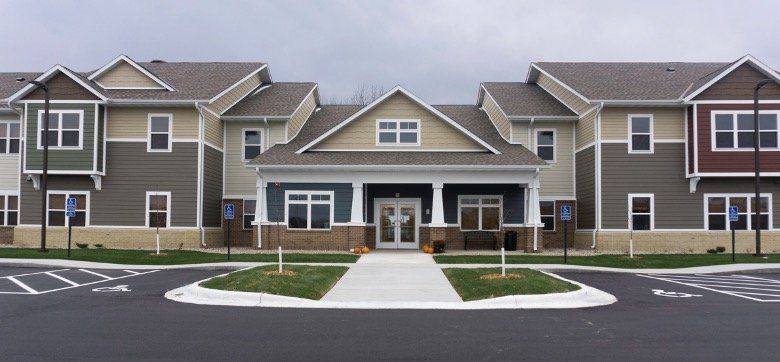
November 8, 2021
Residents of Solace, who’ve faced homelessness or are coming out of treatment or incarceration, worked with an artist for 15 months to create the Solace Community Garden. The artist and residents decided that a community garden would be beneficial- both for food security and mental health. Residents identified what they wanted to see in a garden and worked with a horticulturist to put together a garden plan that involved everything the residents desired- including a children’s play space amongst the functionality of the garden, such as a “pea tunnel” and a kids stump table and chairs. In collaboration with artist and cultural organizer Eric Avery and residents, artist Ashley Satorious created a visual survey of what people were interested in eating or growing. Over community meals, Satorious then worked with embodied coach and facilitator Marie Michael to help residents dream of what a community garden would like.
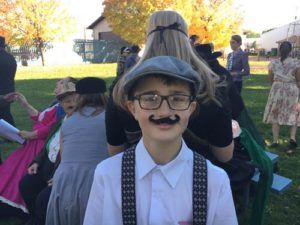
November 8, 2021
Placebase Productions, a community theater group based in the Twin Cities, led a community engagement process over the Summer of 2017 to transform the community into a stage to explore past stories, present conditions and future possibilities. The artist team explored themes around common ground between Norwegian and Micronesian heritage, immigration stories, the concept of home, and Milan’s history and hopes for the future. Over 40 community members donated 2,000 volunteer hours to participate in the musical held on October 7, 2017. The production highlighted local assets and opportunities and will be a springboard for future community development initiatives. It also raised awareness among skeptical local leaders on how arts based strategies can address community challenges and opportunities. Finally, the production encouraged community connections with over 50% of participants indicating after the performance they would connect more with community members they didn’t know.
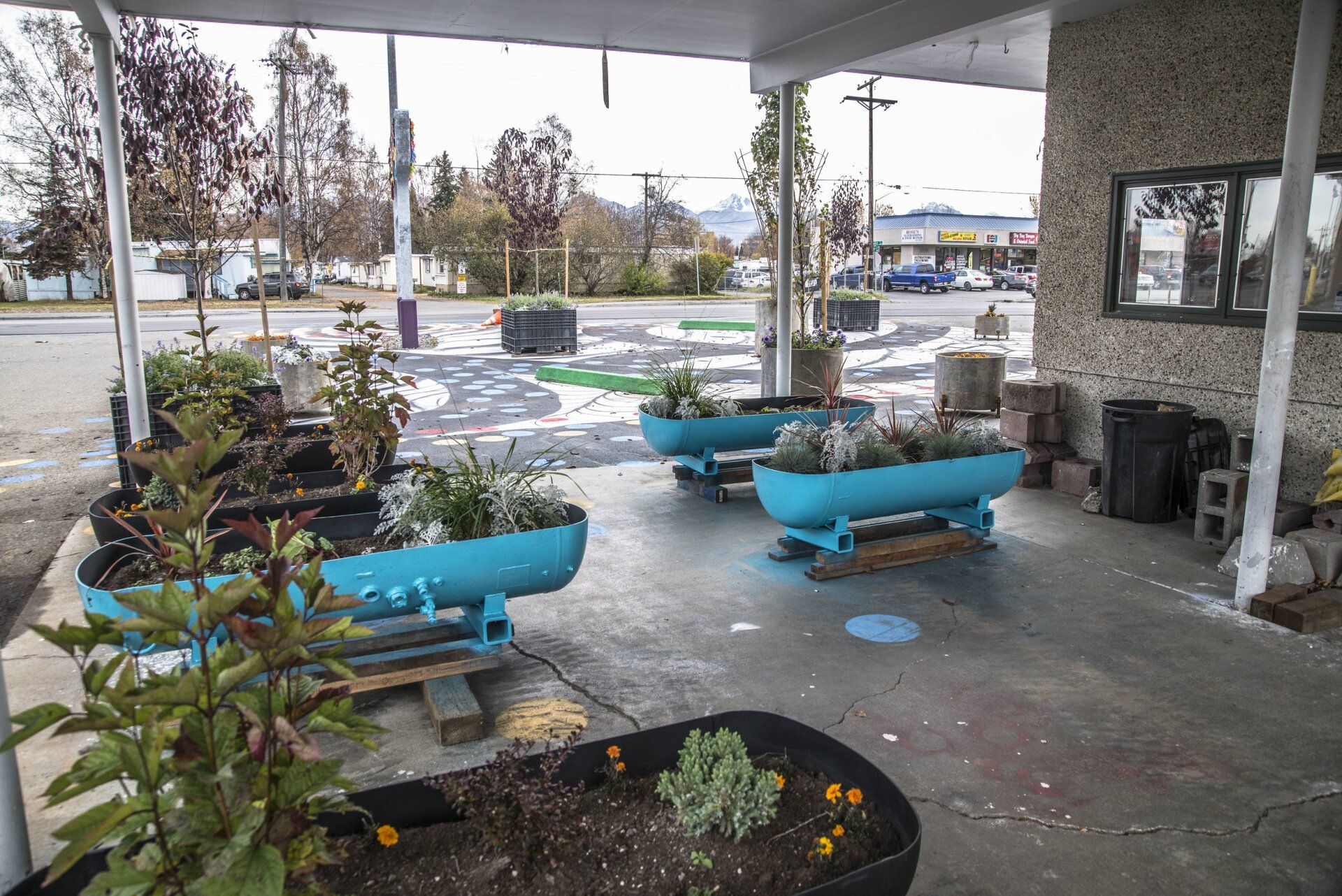
November 8, 2021
Cook Inlet Housing Authority collaborated with artist and landscape architect Chad Taylor on the Reclaiming Asphalt I & II projects as an opportunity to provide a more welcoming space in their Alaskan community. A group of artists worked to create a welcoming semi-public plaza, introduce more green space and a place for activation and interaction to happen, and use the creative destruction of fencing to envision the previously disparate properties as a vibrant campus that is connected physically and programmatically. The artists also created a mural and installations that celebrated the neighborhood's past.

November 5, 2021
In 2018, Little Tokyo Service Center (LTSC) used a portion of their ArtPlace grant to support the purchase of the Hotel Daimaru, a residential and traveler hotel, in order to preserve its stock of single room occupancy (SRO), low-income housing. 341 FSN is a collaborative space in the hotel, which aims to promote artistic and cultural experiences that protect the cultural and historic identity of Little Tokyo; share community members’ voices and stories to promote and empower Little Tokyo; inform participants about the Little Tokyo neighborhood, its history, and ways to help shape its future; and build connections between artists, community members, and organizations; and incorporate creative practices to positively impact Little Tokyo. Project partners include the Japanese American National Museum, Little Tokyo Community Council, Little Tokyo Service Center Small Business Assistance, Sustainable Little Tokyo – Arts Action Committee, and Visual Communications.

November 5, 2021
Inspired by the Artspace Loveland Arts Campus, the State of Colorado spearheaded Space to Create Colorado, a multi-agency, public-private partnership to drive economic development through the arts in rural and mountain communities. Governor Hickenlooper announced the $45 million program, which is the nation’s first state-driven initiative for affordable housing for artists and creatives. To kickoff Space to Create, the partnering organizations, Artspace, Colorado Creative Industries, the Boettcher Foundation, and the Colorado Department of Local Affairs, broke ground on a demonstration project in Trinidad. Eight Space to Create projects will follow, with towns to be selected for projects via a competitive, state-wide process. Ridgway and Paonia will next receive an arts facility, with six more to be determined.
CONNECT WITH THE
CENTER FOR ARTS IN MEDICINE
Keep up with the latest news about faculty, alumni, friends and current students.


